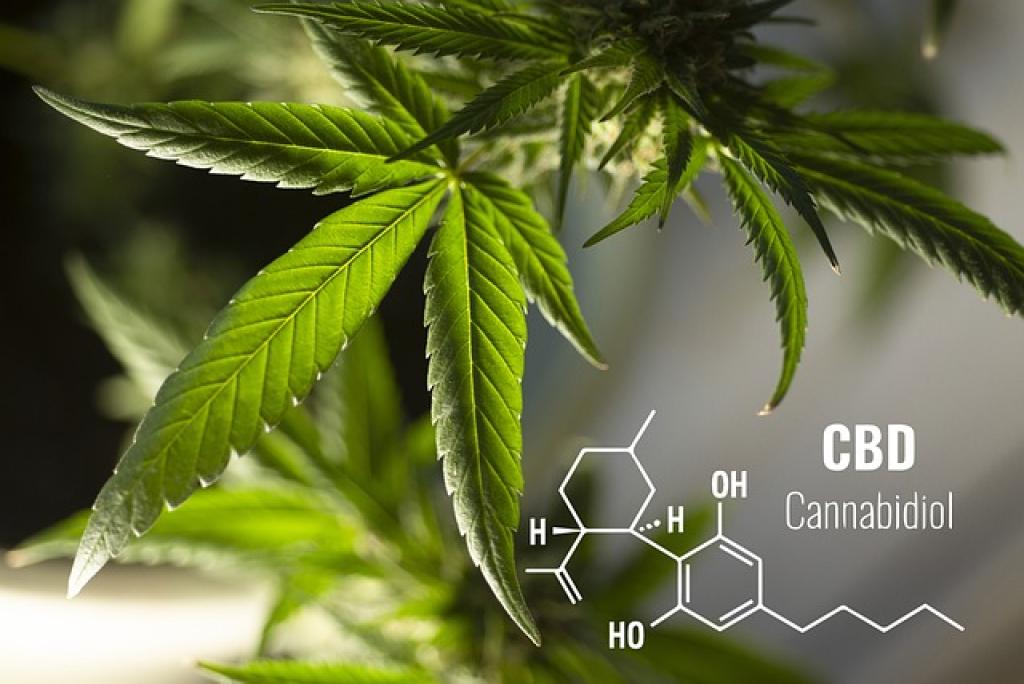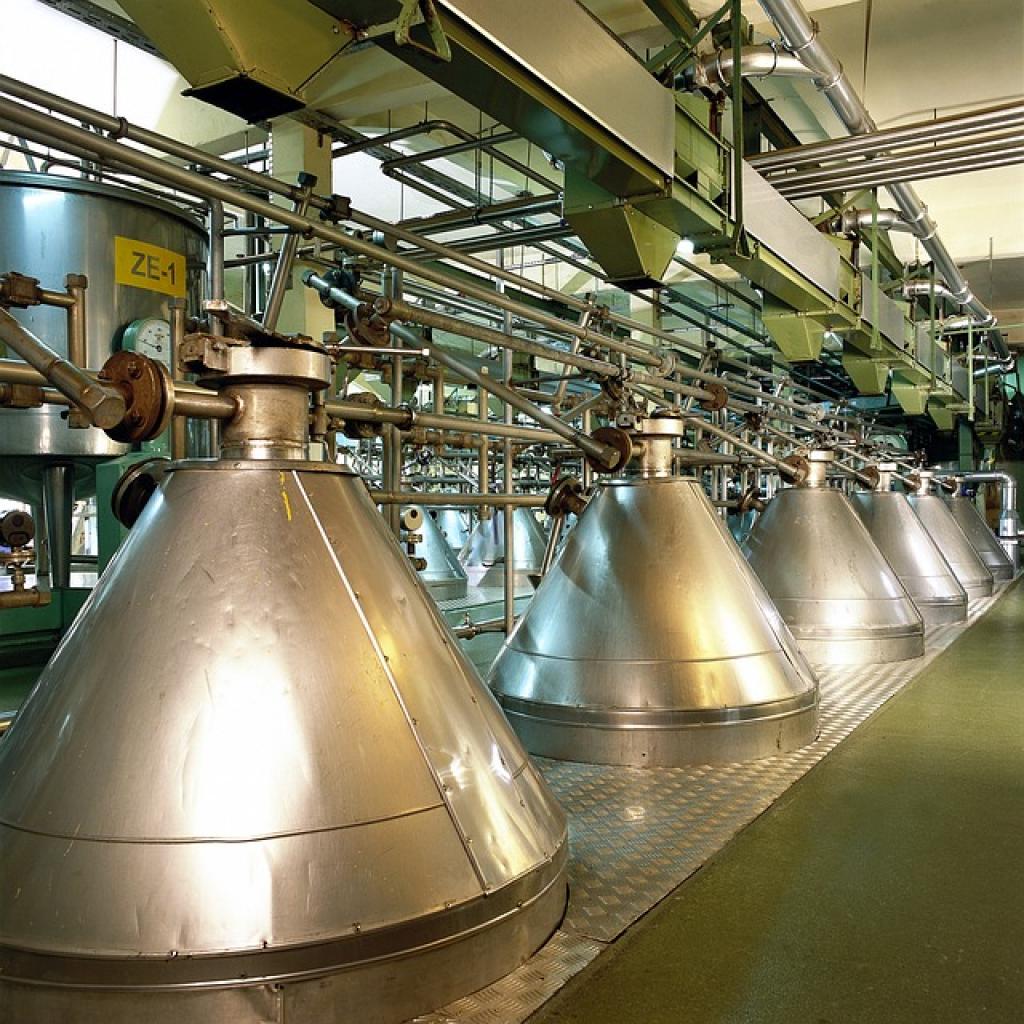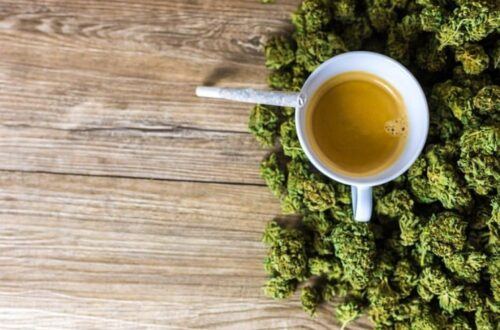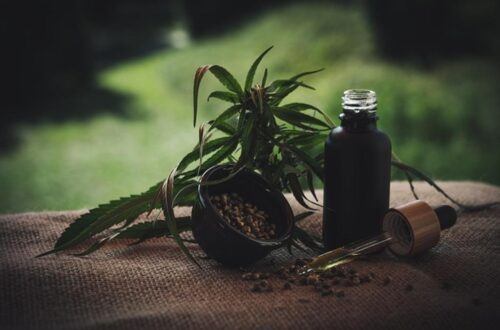Ever wonder how we get pure CBD without using harsh chemicals? The answer lies in the fascinating world of solventless extraction. This method has taken the wellness industry by storm, offering a natural and clean way to produce high-quality CBD products.
Imagine extracting CBD using just ice, water, or heat and pressure. That’s right—no solvents, no chemical residues. This approach not only preserves the integrity of the CBD but also brings out the full aroma and flavor of the cannabis plant.
In this post, we’ll dive into the science behind these techniques. We’ll explore the benefits, the challenges, and why this cleaner method is becoming a favorite. Whether you’re a CBD enthusiast or just curious about where your products come from, you’re in for an enlightening journey. Let’s get started!
The Importance of Solventless CBD Extraction
Why does solventless CBD extraction matter so much? First and foremost, it ensures the purity of the final product. When no solvents are used, there’s no risk of leftover chemicals contaminating your CBD. This is a huge win for anyone looking to keep their wellness routines as natural as possible.
Furthermore, solventless methods are kinder to the environment. Traditional extraction processes often rely on petrochemicals, which can have harmful ecological impacts. By opting for solventless extraction, we reduce our carbon footprint and promote sustainable practices.
Another major benefit is the preservation of the plant’s natural compounds. Solventless techniques capture a full spectrum of cannabinoids, terpenes, and flavonoids, resulting in a richer, more aromatic product. This translates to a better user experience, with enhanced flavors and potential therapeutic benefits.
Finally, using cleaner methods aligns with the growing consumer demand for transparency and quality. People want to know exactly what they’re putting into their bodies, and solventless extraction delivers on that promise. It’s a game-changer in the CBD industry, setting a new standard for purity and sustainability.
Stay tuned as we explore the specific techniques used in solventless CBD extraction and how they work!

Key Factors in Solventless CBD Extraction
When it comes to producing high-quality CBD through solventless extraction, several key factors come into play. Each one plays a crucial role in ensuring a pure and effective final product.
Temperature
Temperature is a big deal in solventless extraction. The right temperature helps preserve the integrity of cannabinoids and terpenes. Too much heat, and you risk degrading these valuable compounds. Striking a balance is essential for a potent, flavorful result.
Pressure
Pressure is another critical factor. In methods like rosin pressing, optimal pressure levels allow the extraction of CBD without compromising its quality. Too much pressure can damage the plant material, while too little might not yield enough extract.
The quality of the source material is equally important. Starting with high-quality hemp ensures the end product is just as good. This means using organically grown plants free of pesticides and heavy metals.
Purity is often the goal, but yield—the amount of extract you get from the plant material—can’t be overlooked. Efficient techniques maximize yield without sacrificing quality, giving you more bang for your buck.
Understanding these key factors can help you appreciate the intricacies involved in creating top-notch solventless CBD. These insights also make you a more informed consumer, equipped to make better choices for your well-being.
Comparing Solventless Extraction Methods
When it comes down to choosing a solventless extraction method, it’s clear that each technique has its own set of advantages and drawbacks. By understanding the key factors that influence the quality of CBD extracts—like temperature, pressure, and source material—you can better appreciate the nuances between different methods.
Rosin pressing stands out for its simplicity and effectiveness. It involves applying heat and pressure to cannabis flowers or hash, resulting in a pure, potent extract. However, it does require precise control to avoid ruining the valuable cannabinoids and terpenes.
Ice water extraction, also known as bubble hash, uses cold water and ice to separate trichomes from the plant material. This method is highly valued for preserving the full spectrum of cannabinoids and terpenes, though it can be labor-intensive and produce varying yields.
Dry sifting, on the other hand, is a straightforward method that simply uses screens to sift trichomes from the cannabis plant. While it’s user-friendly and cost-effective, it might not be as efficient as the other techniques in producing high yields.
Ultimately, the best method depends on your specific needs and resources. If you’re seeking a high-yield process that’s easier to manage, rosin pressing might be your go-to. For purists who value full-spectrum extracts, ice water extraction could be ideal. And if you’re looking for simplicity and cost-efficiency, dry sifting is worth considering.
In conclusion, solventless extraction methods offer a pure and natural way to enjoy the benefits of CBD. By weighing the pros and cons of each technique, you can make informed decisions that align with your goals, whether you’re a DIY enthusiast or a professional producer.






